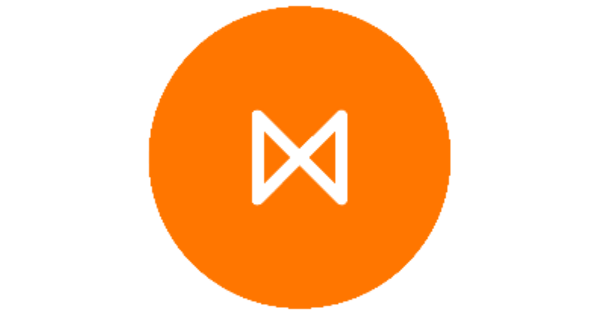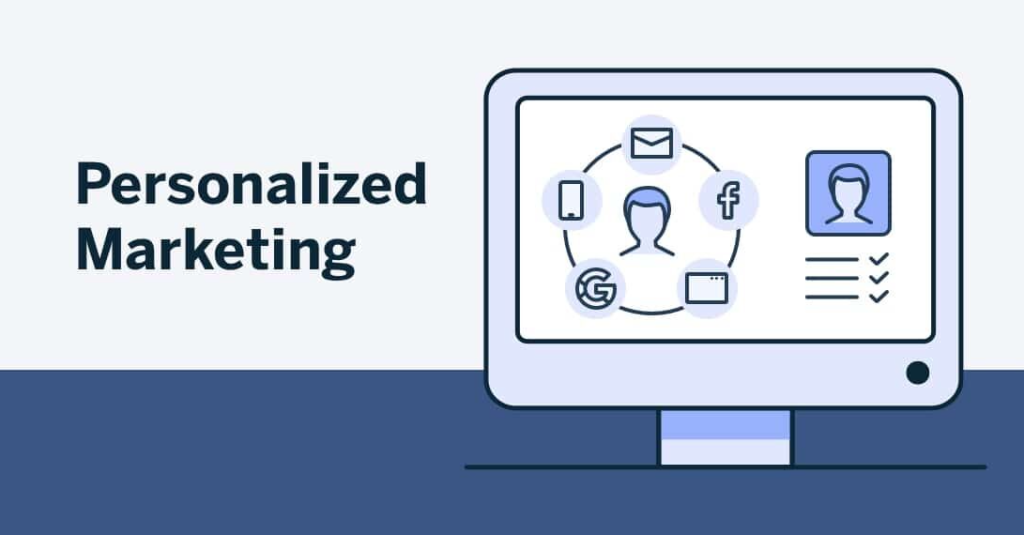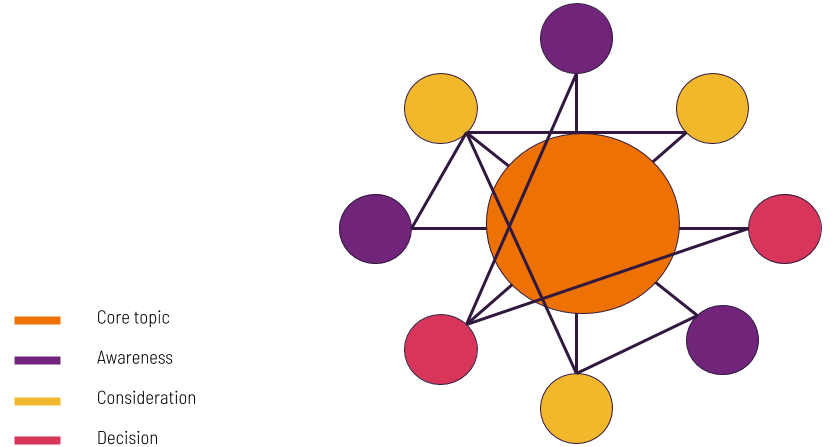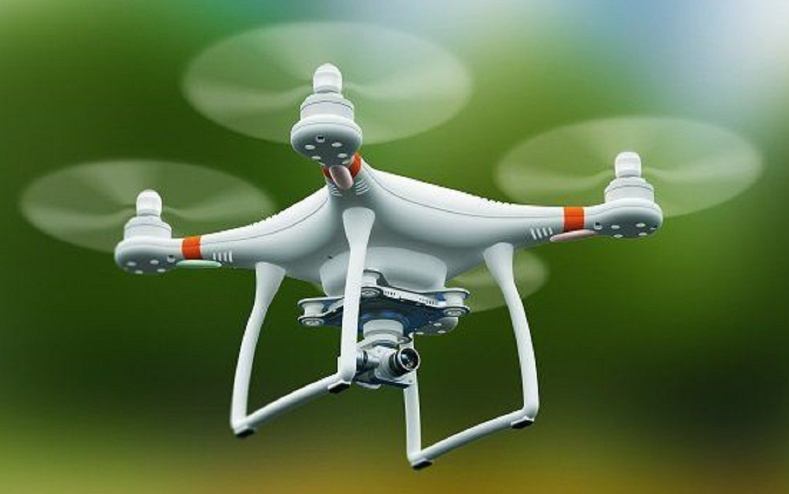Marketers now have unprecedented amounts of data at our fingertips. Access to social media analytics means we know our users better than ever before. But are we maximizing how we use this information?
One great way to use this data is to develop personalized social media marketing campaigns. By targeting specific users with the right message at the right time, you can boost your social ROI and increase your conversion rates. But where to start?
This guide will get you up and running with personalized social campaigns.
Let’s go.
Table of Contents
ToggleWhat is personalized marketing?
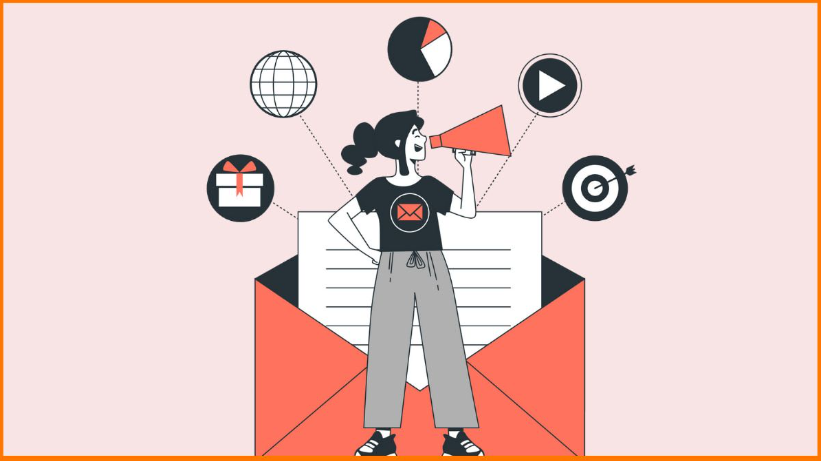
Personalized marketing utilizes user data to deliver more relevant messages to your target demographic.
A great example of it is Netflix. The streaming giant’s recommendation engine uses its users’ viewing history to offer relevant to the viewer suggestions. Notice how it adds the name for that personal touch.
But the personalization doesn’t stop there. In a company blog post, Netflix revealed it even changes the images shown depending on a user’s viewing habits. As the company explained:
“Someone who has watched many romantic movies may be interested in Good Will Hunting if we show the artwork containing Matt Damon and Minnie Driver, whereas, a member who has watched many comedies might be drawn to the movie if we use the artwork containing Robin Williams, a well-known comedian.”
In a nutshell, this type of thinking is the essence of personalized marketing. Let’s see how we can apply it to social media marketing.
What are the advantages of personalized social media campaigns?
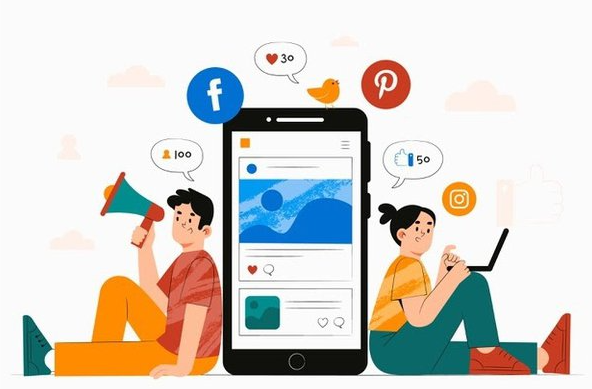
When it comes to marketing, knowledge is power. The more you know, the better and more effective you can make your campaigns.
Companies such as Netflix and Amazon devote much effort to creating recommendation engines because they know such tools boost conversions. The more you target your users with the right messaging or product suggestions, the more success you will have.
In addition, connecting with your users on a personal level can help develop brand loyalty because they will feel as if you know them.
The polar opposite of personalized marketing is generic campaigns, which can isolate users because they do not feel valued or special.
Examples of personalized marketing strategies
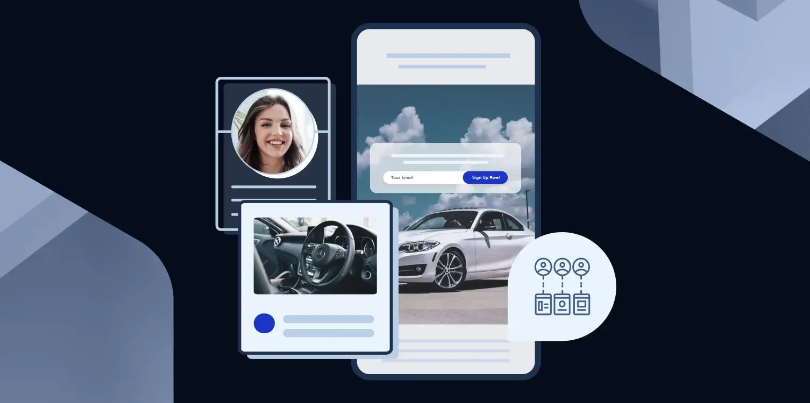
Let’s look at a few common methods used in personalized marketing.
Dynamic name insertion
This is perhaps the most simple form of personalization. A lot of apps and software allow you to dynamically insert a user’s name into the marketing message. There is nothing worse than receiving an email, greeting you with “Dear users.”
User segmentation
User segmentation is where you harness your analytics data to divide your audience into groups. Two common ways of splitting users are:
- Demographics – data such as age, gender and location. For example, a fashion brand may run one campaign for 18-24 females and a completely different campaign for 45+ males.
- Interests – data on user purchasing interests. An e-commerce store may use this information to provide targeted product recommendations to its customers. For example, users interested in sports may see workout outfits as a recommended product.
Purchase behavior
One classic example of personalized marketing would be to target one-time buyers and repeat customers with different campaigns.
An ecommerce store can encourage its one-time buyers to make another purchase by recommending similar products to the one they bought. You could reward users who have made multiple purchases with a discount coupon to show you value their loyalty.
You could further segment users into those who purchase high-value products and those who purchase lower-value products.
High-value users could be targeted with exclusive offers that make them feel special, such as a notification when a new product is released before the rest of the public is notified. Lower value users could be targeted with a coupon code for a higher value product to encourage them to increase their average purchase value.
4 personalized marketing strategies for social media

Now that we have seen the key considerations of personalized marketing, it’s time to put some strategies into action.
The following five strategies are some of the many examples of how to use personalized marketing for social media.
1. Retargeting campaigns
A retargeting campaign allows you to reach users who have already taken a specific action. This could be visiting a web page, signing up for an email list or downloading an ebook.
By targeting these users with ads across your social channels, you are boosting your social ROI. These users have already shown interest in your brand, so they are more likely to convert than new users, lowering your marketing costs.
Expedia targets users who have visited a landing page but not completed a booking with “last minute offers.”
Social platforms such as Facebook allow retargeting ads through pixel tracking. By placing a pixel on your website, you can track when users take specific actions and then target them with a social ad.
2. Quizzes
The great thing about quizzes is they are super shareable, which makes them perfect for social media. But how can that benefit you?
Quizzes are great for two reasons:
- they allow you to collect a wealth of user data
- they capture leads because users have to enter their email addresses to take the quiz.
You can use the data you collect from the answers users provide in the quiz to target them with a personalized marketing campaign. If you are looking for some quizspiration, check out BuzzFeed’s social feeds.
3. Personal videos
A personal video is an example of taking name insertion to the next level. One company that did this really well is chocolate maker Cadbury. Cadbury was able to add personal photos into a customized video and make a flavor recommendation based on user preferences.
4. Chatbots
The chatbots are coming. At least this seems to be a trend a lot of marketers have been expecting for the last few years.
The bottom line is if implemented correctly, chatbots can help your social marketing efforts.
The Messenger bot example from HelloFresh above works well because it mirrors the brand’s friendly and casual voice. The offer is personalized because the coupon code applies only to people who have interacted with the bot.
Get personal today
Personalized marketing can help you connect with your users and boost your social ROI. Try some of the strategies listed above and see what works for you. The more personal you get, the better the results will be.
Find out how Metigy can give you deep insights into your customers to allow you to personalize your marketing which will improve your engagement, conversions and grow your audience.
